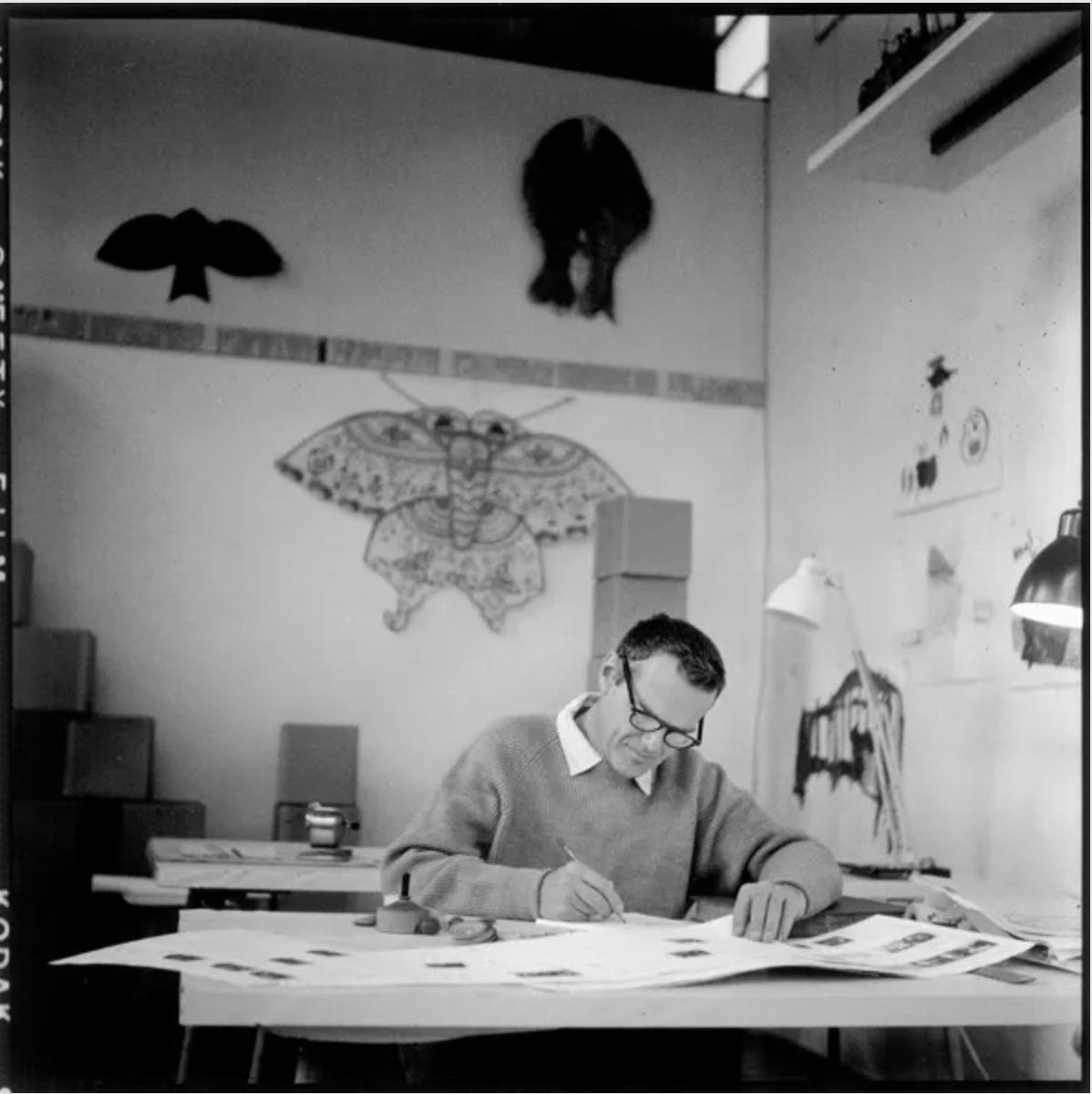
Made little tweaks (commas and punctuation) to the original
- Make a list of books
- Develop a curiosity
- Look at things as though for the first time
- Think of things in relation to each other
- Always think of the next larger thing
- Avoid the “pat” answer—the formula
- Avoid the preconceived idea
- Study well objects made past, recent, and ancient but never without the technological and social conditions responsible
- Prepare yourself to search out the true need—physical, psychological. Prepare yourself to intelligently fill that need
- The art is not something you apply to your work. The art is the way you do your work, a result of your attitude toward it
- Design is a full time job
- It is the way you look at politics, funny papers, listen to music, raise children
- Art is not a thing in a vacuum
- No personal signature
- Economy of material
- Avoid the contrived.
- Apprentice system and why it is impractical for them
- No office wants to add another prima donna to its staff
- No office is looking for a great creative genius
- No office—or at least very few—can train employees from scratch
- There is always a need for anyone that can do a simple job thoroughly
- There are things you can do to prepare yourself—to be desirable
- Orderly work habits
- Ability to bring any job to a conclusion
- Drawing feasibility
- Lettering
- A presentation that “reads” well
- Willingness to do outside work and study on a problem . . .
- Primitive spear is not the work of an individual nor is a good tool or utensil
- To be a good designer you must be a good engineer in every sense: curious, inquisitive. I am interested in course because I have great faith in the engineer, but to those who are serious. (avoid putting on art hat) Boulder Dam all’s great not due engineer. By the nature of his problems the engineer has high percentage of known factors relatively little left to intuition (the chemical engineer asking if he should call in Sulphur)
Handwritten notes for talks at the University of California, Los Angeles
January 1949
First published in An Eames Anthology
2015 | Yale University Press